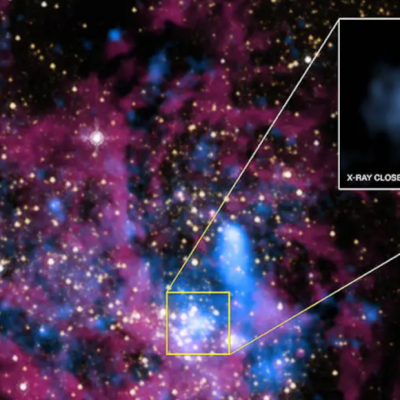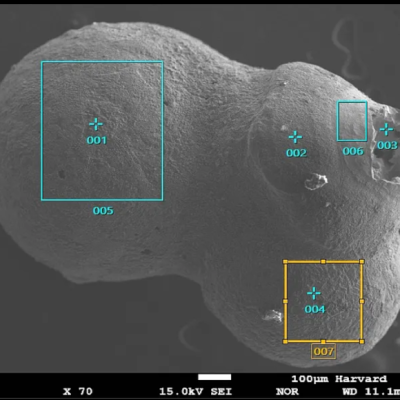For 60 years, radio telescopes have been searching for signals from extraterrestrial civilizations. However, a recent study explains why the search has been unsuccessful and when first contact could occur. In 1932, physicist and radio technology expert Karl Guthe Jansky discovered extraterrestrial radio signals originating from the Milky Way. Despite the excitement surrounding the discovery, the economic crisis prevented further exploration. In 1937, physicist and communication engineer Grote Reber constructed the first radio telescope, equipped with a nine-meter parabolic antenna, and conducted the first global survey of the sky in the radio frequency spectrum. Despite decades of searching, the search for electromagnetic signals from extraterrestrial life has been unsuccessful.
According to a publication in The Astronomical Journal by scientist Claudio Grimaldi from the Swiss Federal Institute of Technology Lausanne (EPFL), there are two prevailing theories for the lack of signals: optimistic and pessimistic. The optimistic theory suggests that the detectors used may have been insufficiently sensitive or that potential signals were overlooked or missed due to incorrect telescope alignment. The pessimistic hypothesis suggests that the absence of signals could indicate that there are no other intelligent life forms in our galaxy. Grimaldi proposes an alternative hypothesis that the Earth may be within a bubble that extraterrestrial signals have not yet penetrated. The cosmos is too vast to be fully searched for these signals, and not enough extraterrestrial transmissions may reach our location.
Grimaldi’s statistical model, previously used to study porous materials such as sponges, evaluates the potential distribution of extraterrestrial signal sources in space. The model assumes that there is at least one source of technical electromagnetic signals in the Milky Way at any given time and that the Earth has been in a “silent” bubble for at least six decades. Under this assumption, statistically, there are at least five electromagnetic emissions per century in our galaxy, which is extremely rare. In the optimistic scenario, we would have to wait another 60 years for such a signal to reach our location. In the pessimistic case, this could take up to 2,000 years. Despite the use of modern telescopes and observatories, which only capture a relatively small portion of the sky, Grimaldi emphasizes that we do not know exactly where to look or which frequencies and wavelengths to focus on. The probability of successfully detecting signals in the next 60 years remains statistically low, but Grimaldi encourages us to continue the search patiently.










